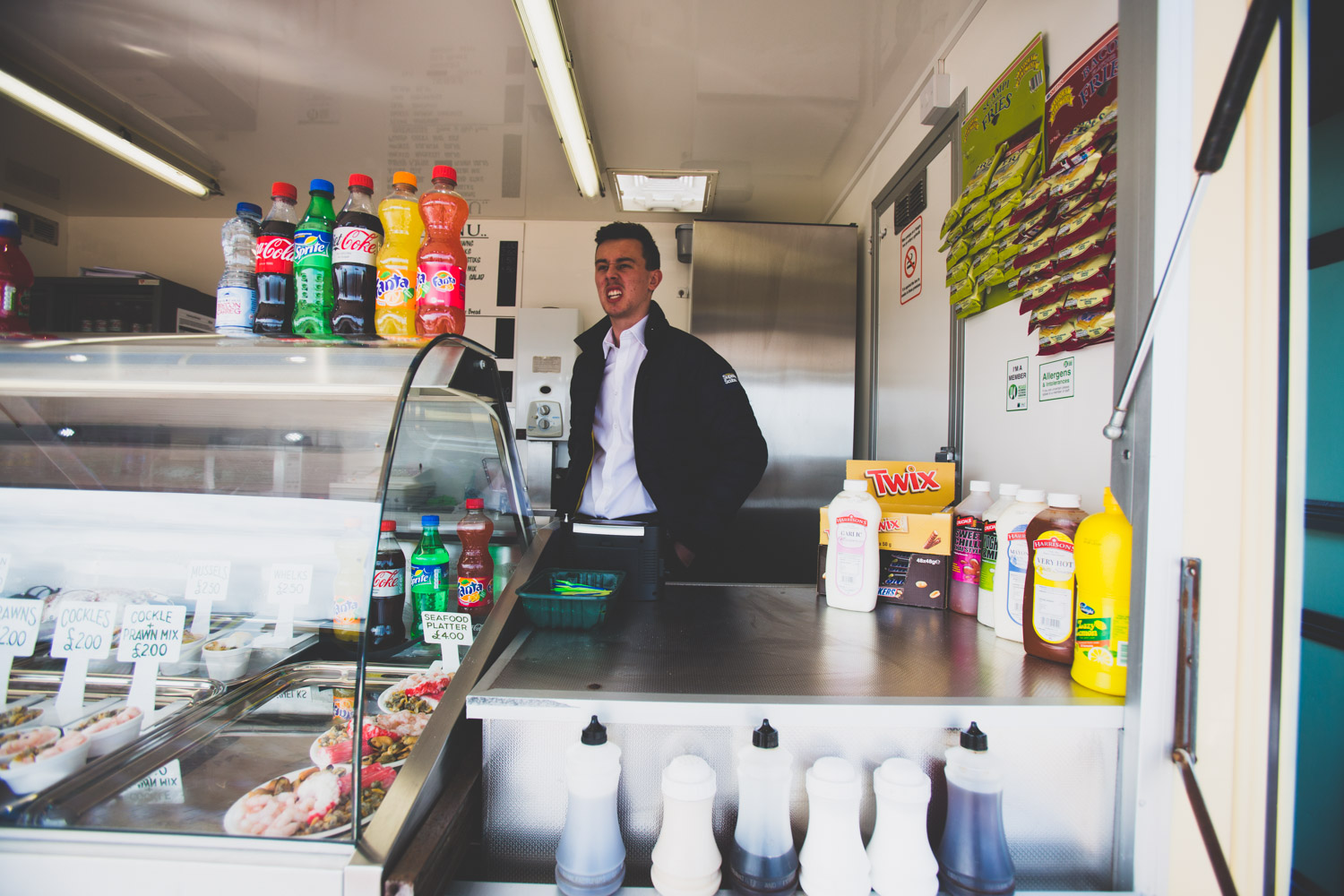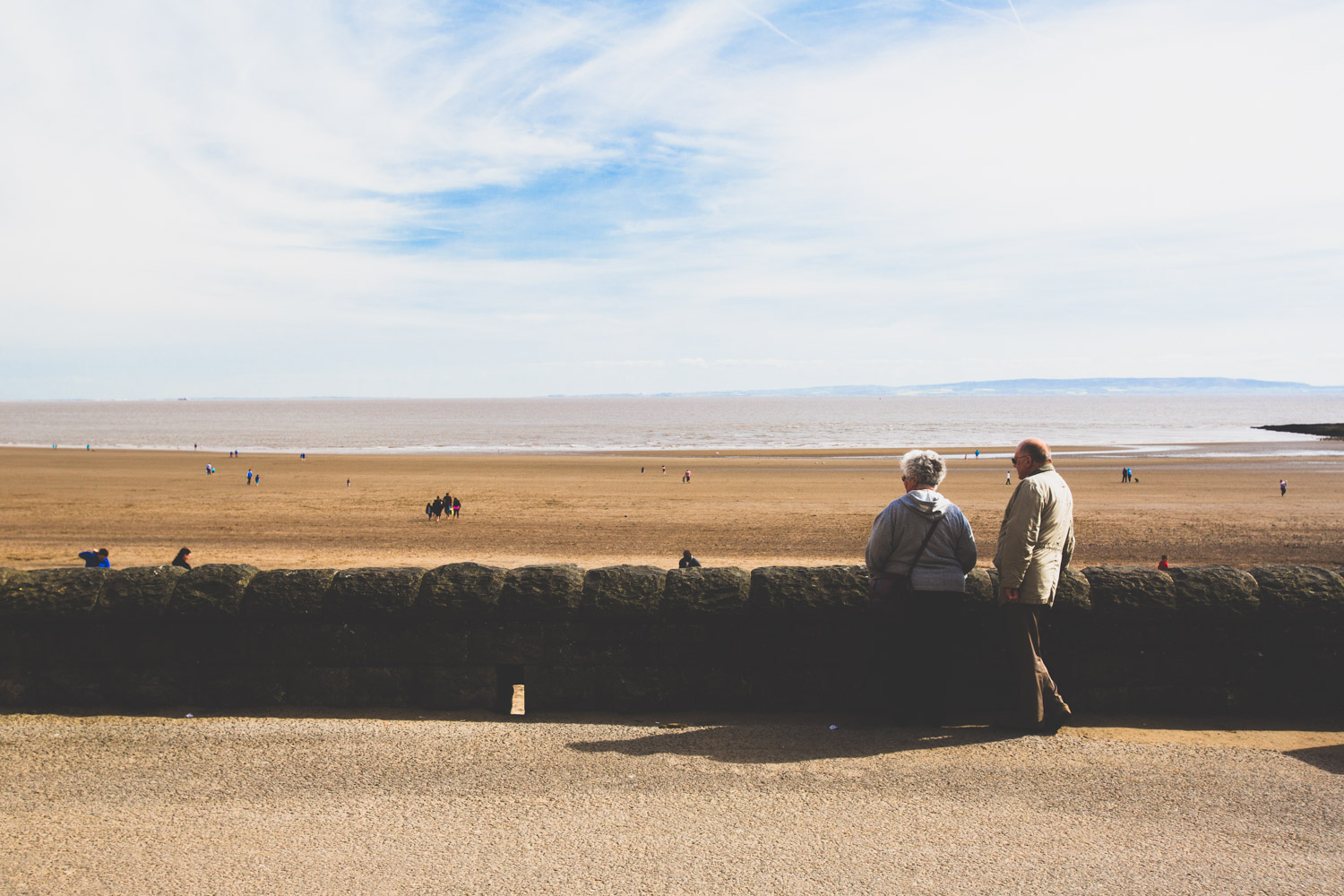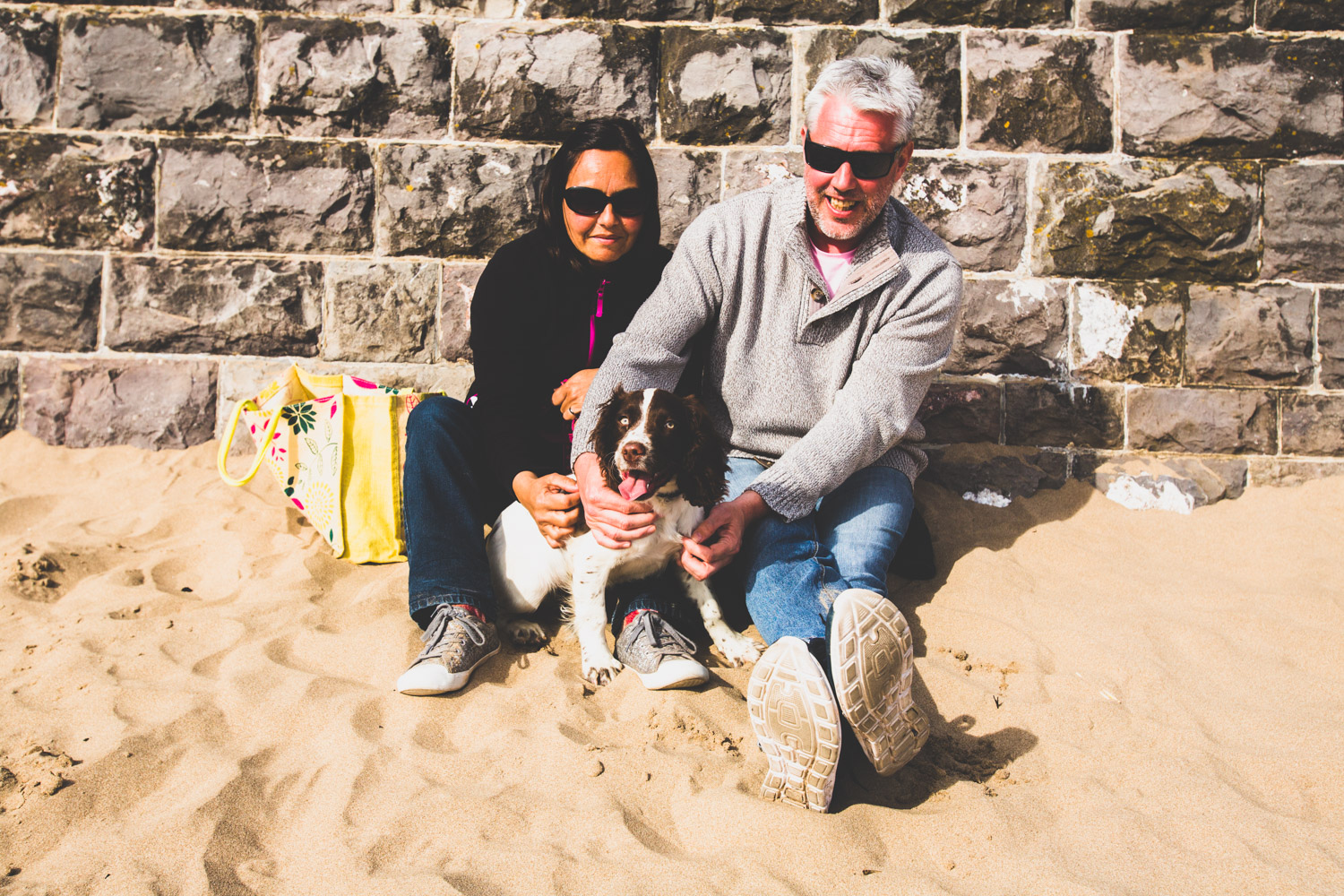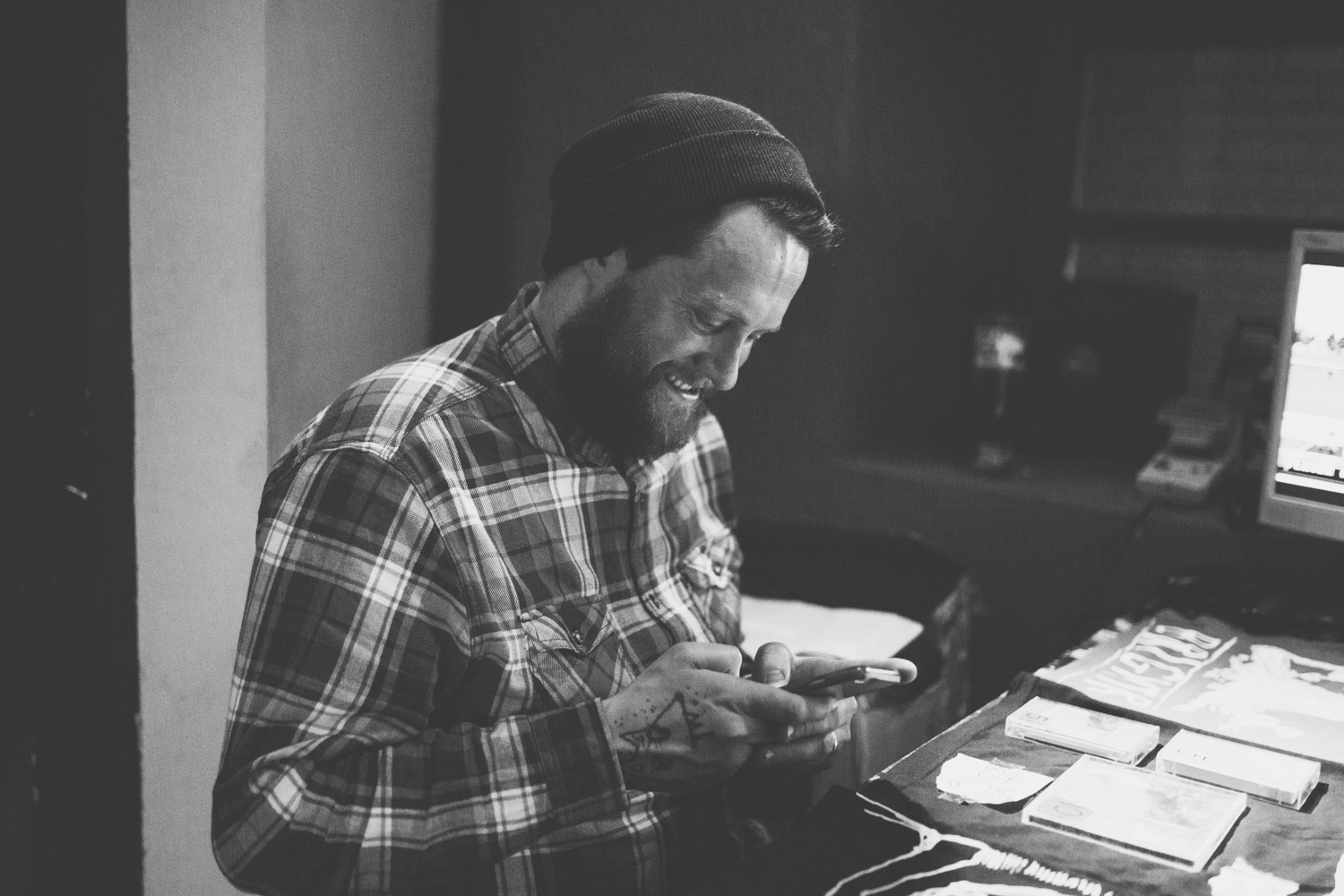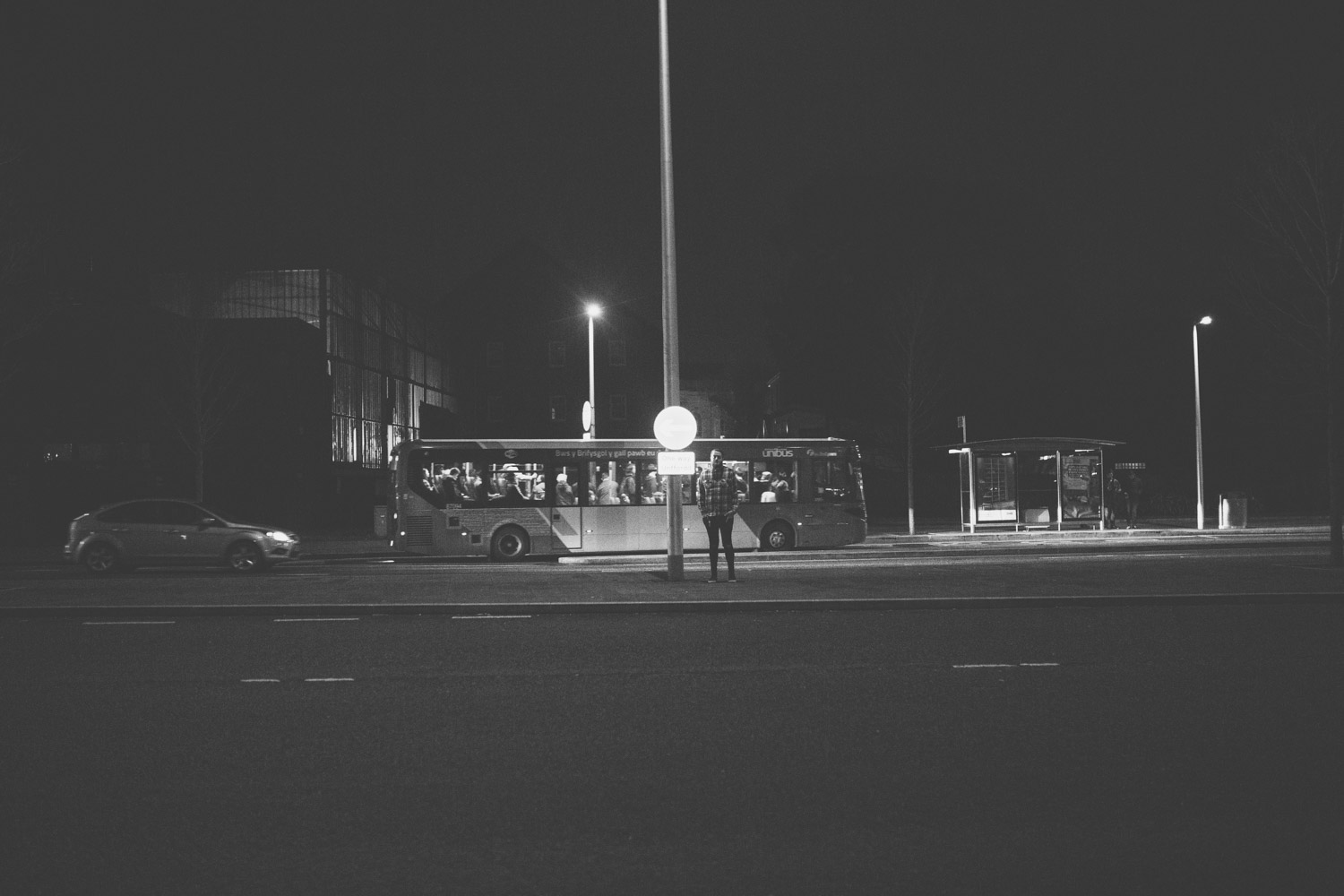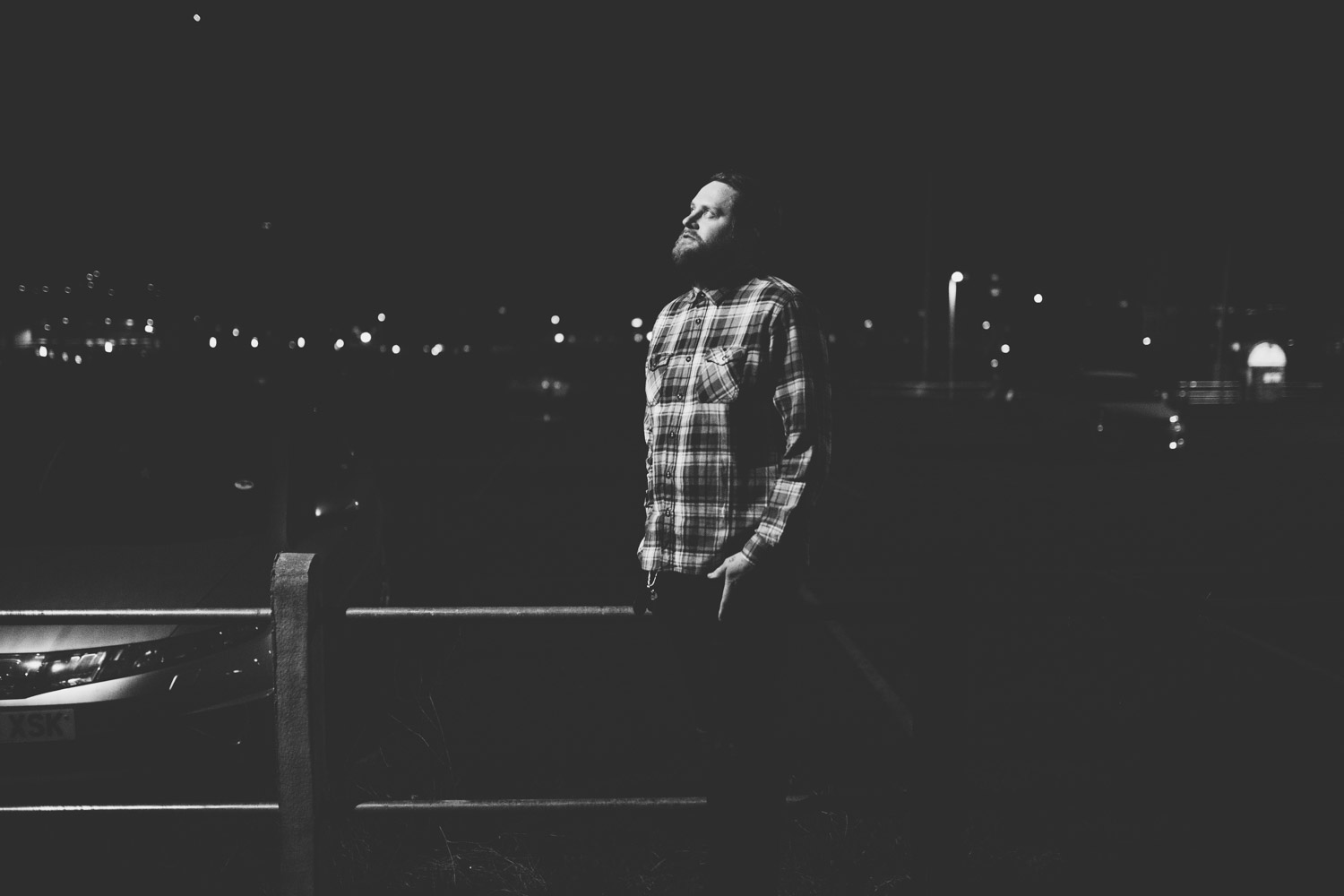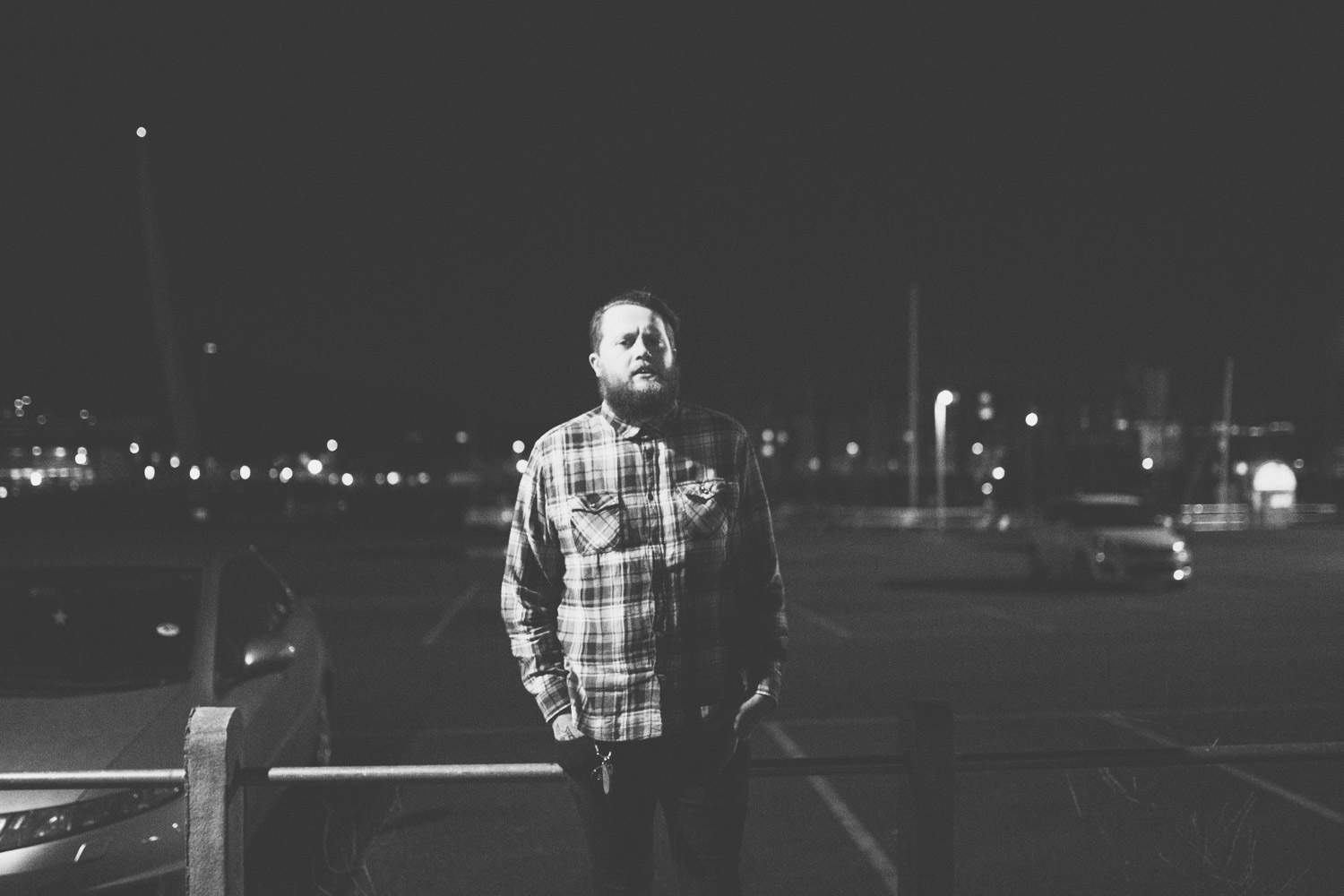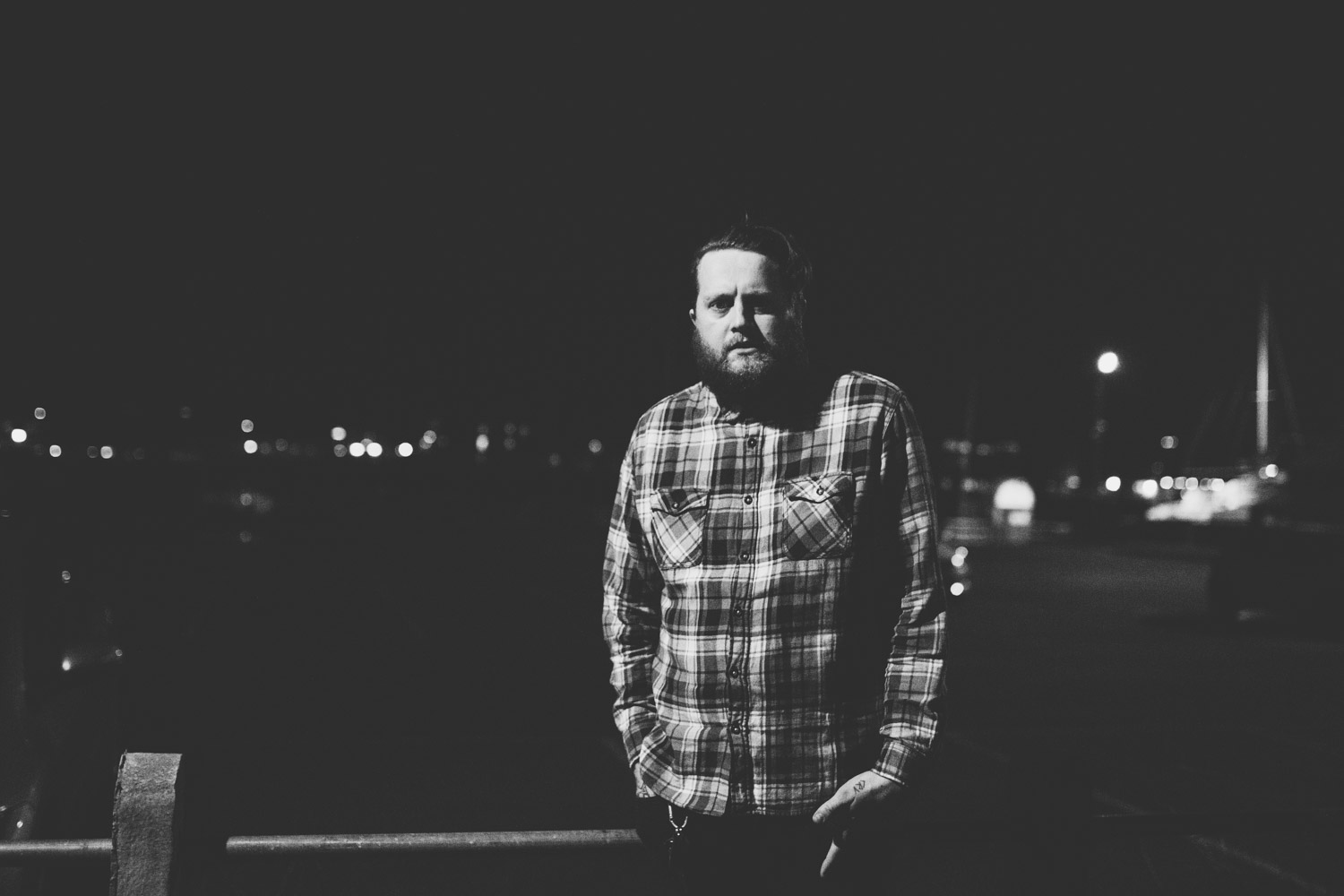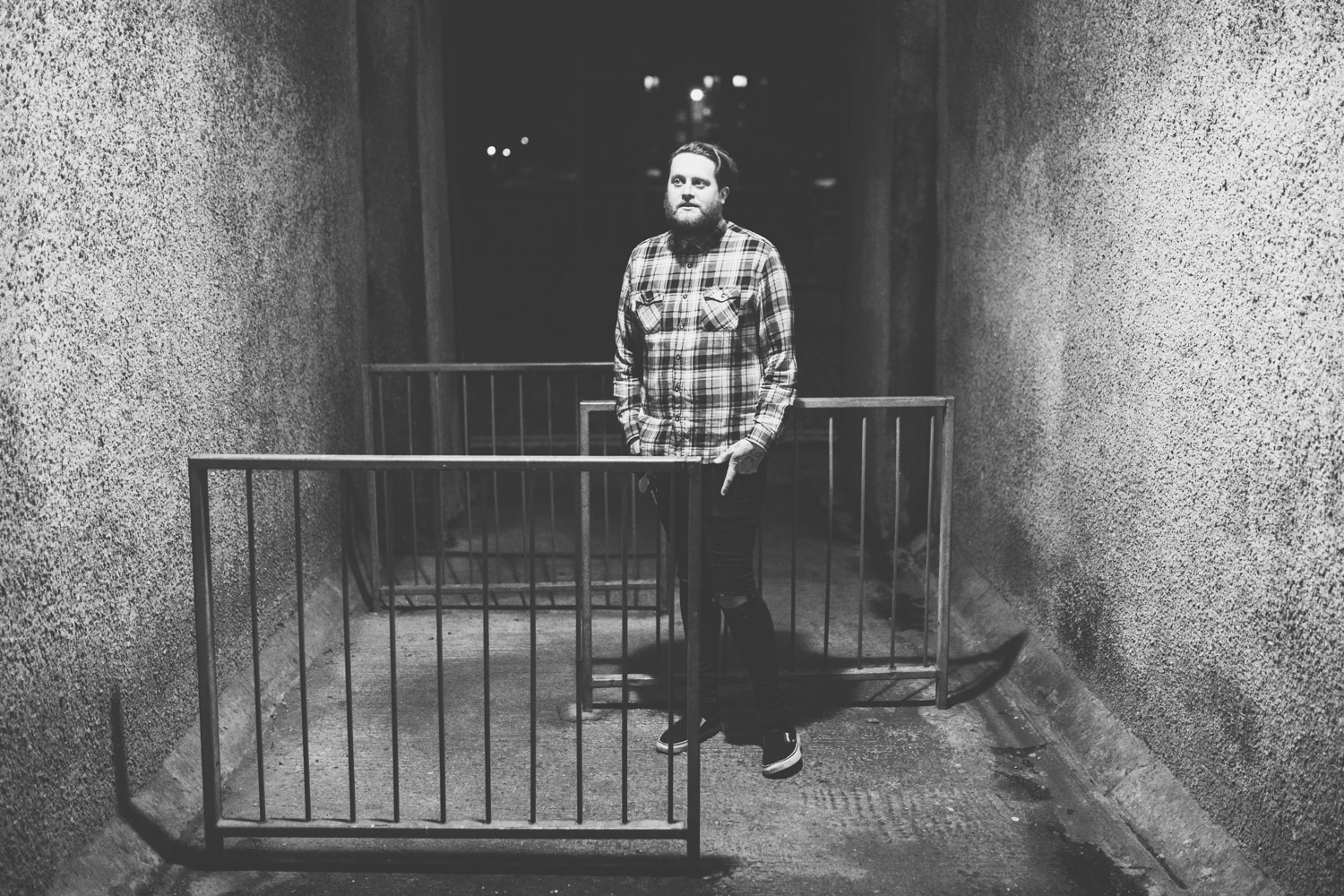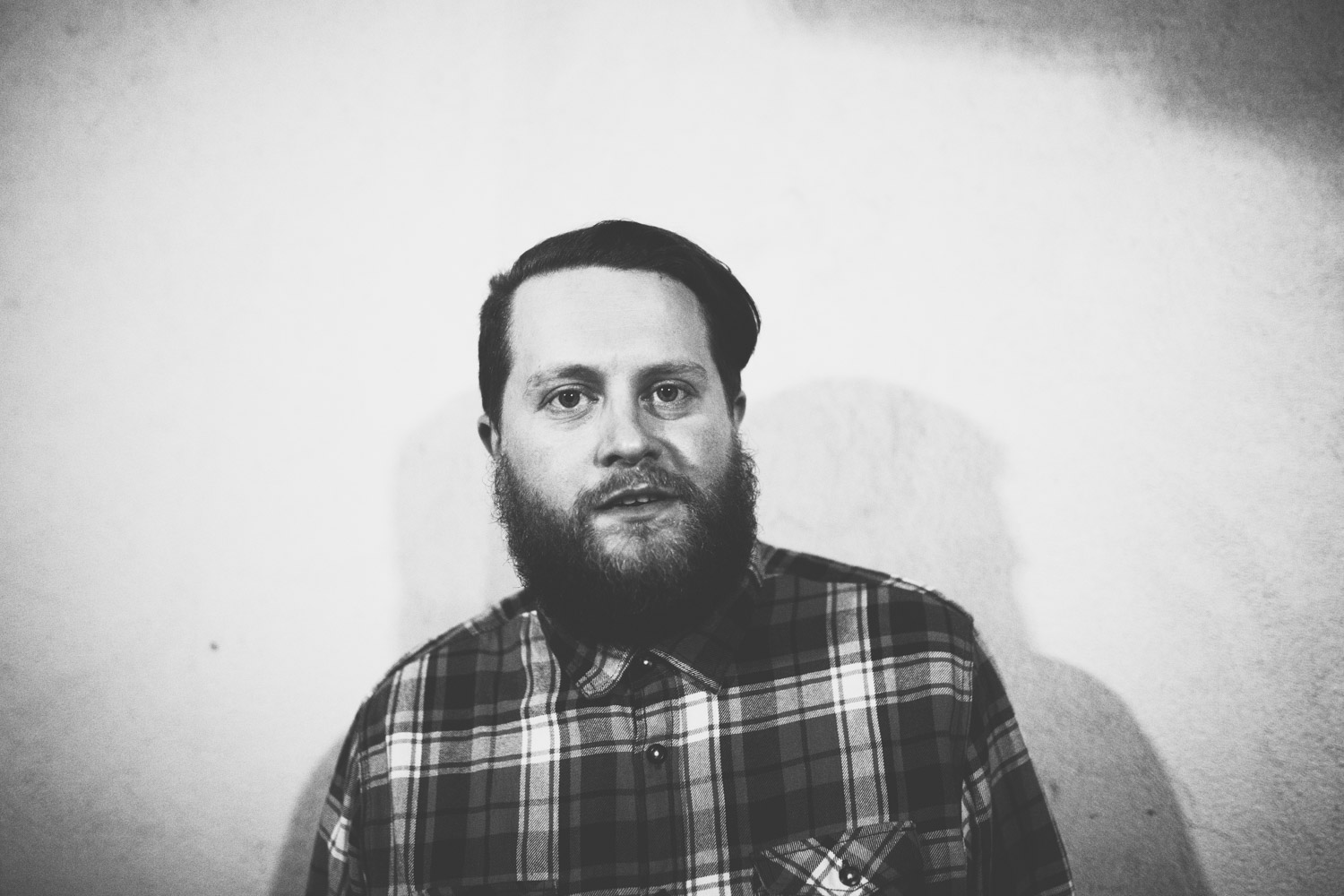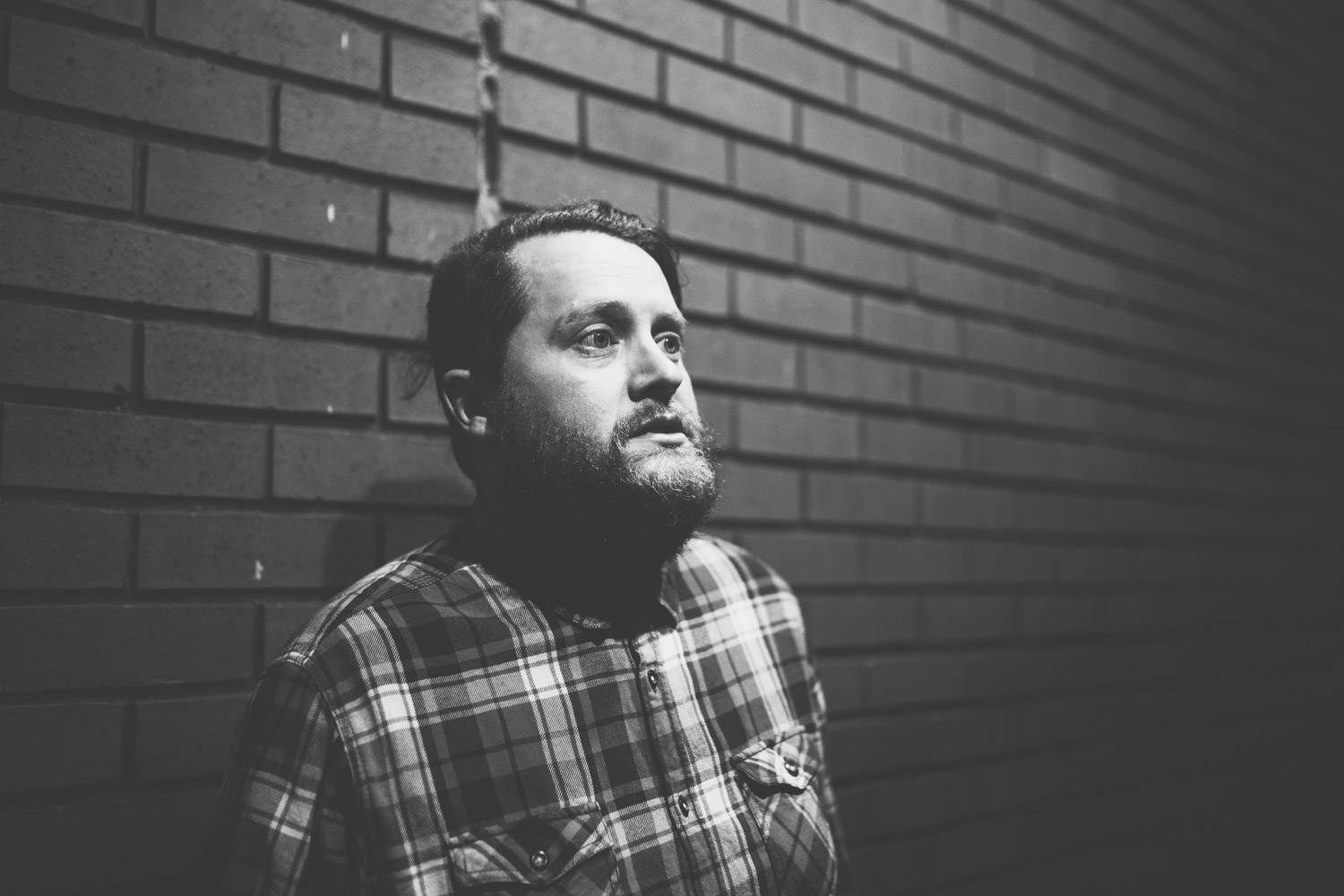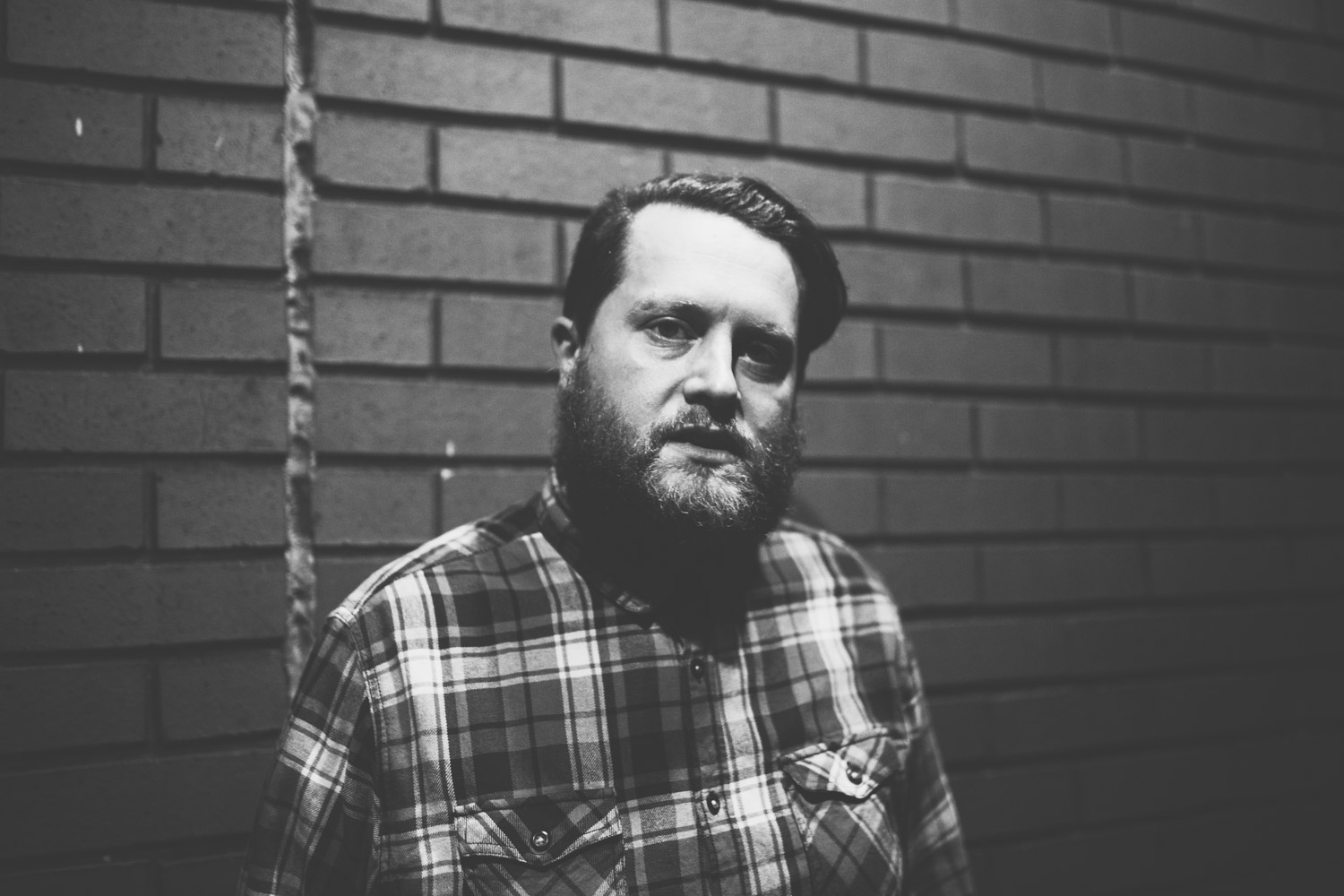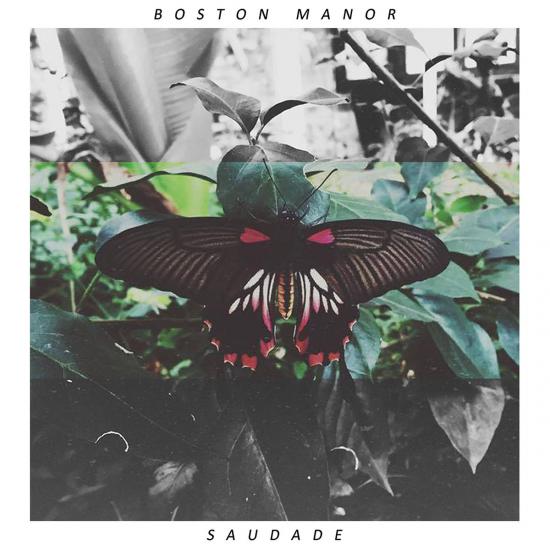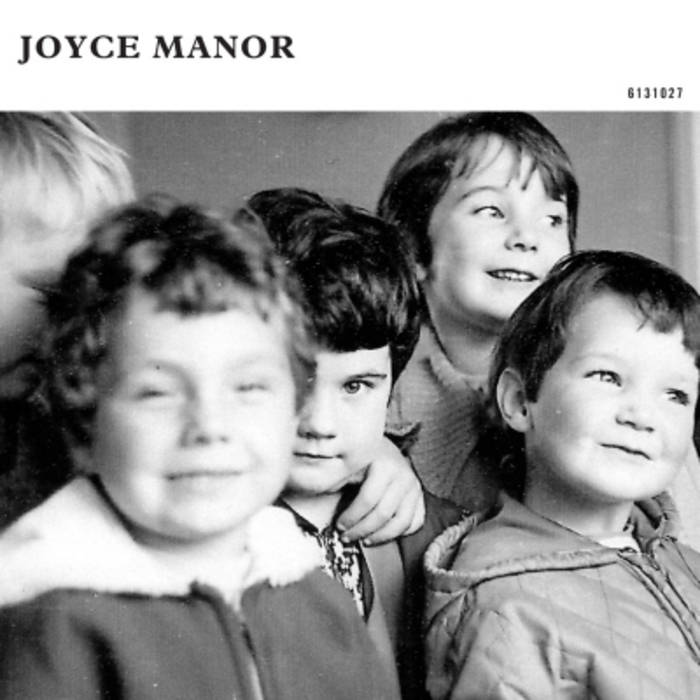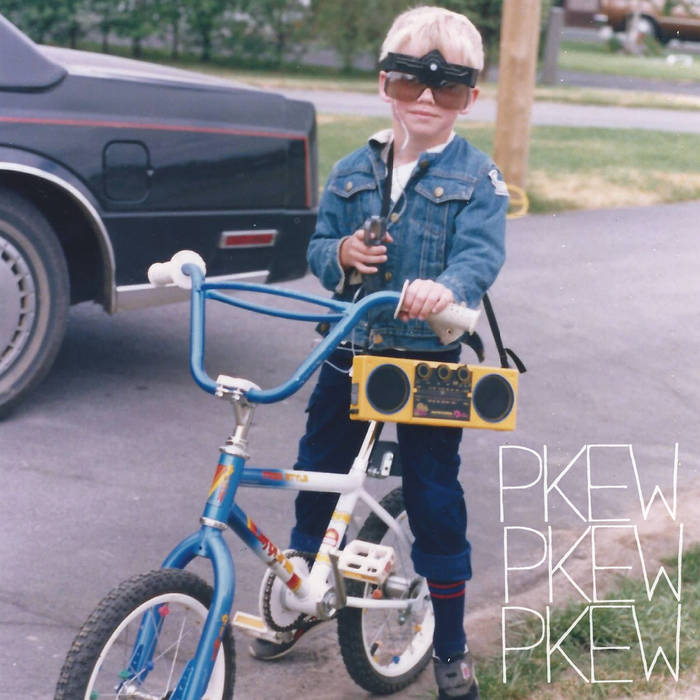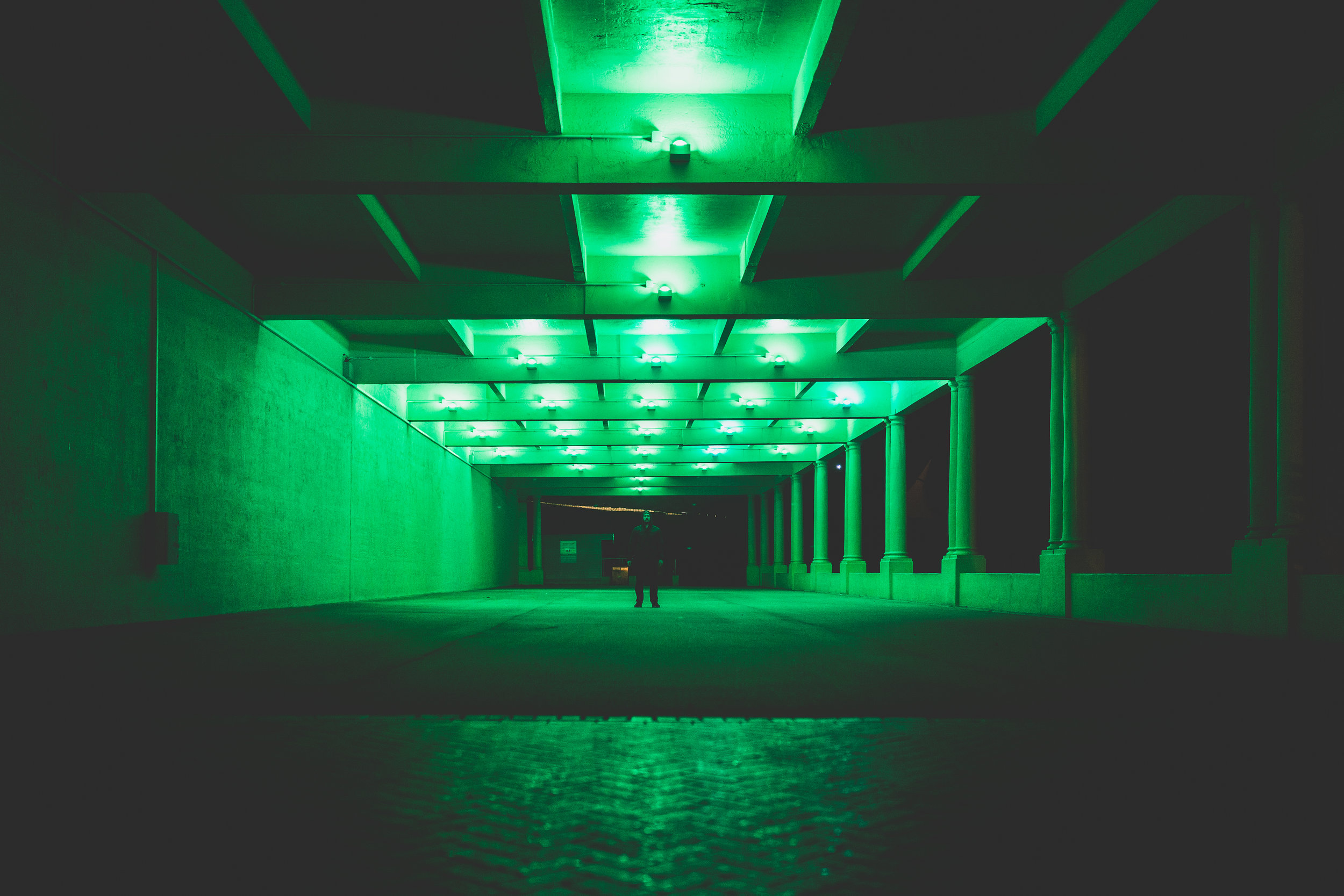Following on from my previous post on Strategic Choices I decided to explore the micro project I shot before. I felt that the subject, my friend Dave, and the setting, a club that has photographers working in, was probably too familiar to provoke any new or different ideas or work. I didn't want to give up on the experiment and with that in mind, I went out of my comfort zone even more and decided to shoot strangers in a setting that I would never really think to work in.
A beach vendor kindly allowed me to take my first photograph for the day
I decided to go to Barry Island Beach, a very popular beach where people come and spend sunny days with the family. It's very bright and colourful, both of which are environments I tend not to work in. So from a technical aspect I thought about using circular polarizers and being aware of the direction of where the subjects are looking.
Colour is not something I normally shoot in such a bright way
Going back to a previous post about how photographers are perceived today I was very weary. Legally anyone has a right to photograph anything and anyone in public. It's a contended issue and one that can stir up a lot of emotions with people feeling like they're somehow being taken advantage of. Pop culture and the media don't help this either. It was with great care that I decided to approach people. In all honesty I think I approached people who I thought would be less hostile and more open, I don't know how but maybe subconsciously.
The distance is very obvious when in big open spaces like beaches.
I walked up and down the beach and promenade and the first thing that stood out to me was the distance. Everybody was in their own little area on the beach or promenade. People don't really want to be close to other people and as I approached I instantly felt that by walking directly towards people and not around them caused a strange tension. I should also add I was walking my puppy, a springer spaniel Coco. I didnt think about that either but it was actually a little ice breaker. Most people like dogs and I had lots of families stop by and ask to pet her.
It was a happy acident I happened to walk the dog at the same time, I think it was a good ice breaker
The first couple of people I approached where very nice, I walked up and said 'Hi how are you, I'm a photography student and I have been set a project of photographing strangers, would you mind if I took your picture. '. The first family I stopped were great. The mother told me that it was fine and said she also did a Ba in Photography and totally understood. She said that she was sick of people thinking everyone with a camera was a creep or a weirdo. This was a great positive first response. The kids played with the puppy and I took a few pictures of them all. I continued to talk to them as I worked. I think its really interesting that the first person I stopped had this reaction.
The second person I asked was a lot more cautious and reserved. I said hello in the same way and after a bit of a pause, I was asked if I had any ID. I confirmed that I did and also said if you feel uncomfortable or don't want me to that's fine. They said it was ok but worried about their child being in the image. I asked if I could photograph them instead, and they said it was fine.
There were another 2 or 3 reactions similar to this one and then more people had a response of I would but not with the children. I found the whole process not very nice. The positive reactions where great but it was horrible to see people feeling uneasy or not comfortable and that's the last thing I would ever want to do. On the flip side of that we are all in other peoples smart phone images more than ever and I feel that people don't mind that as much. It seems that simply having a professional looking camera makes people very weary of your intentions.
I'm interested in how people read the images, without the anchor or caption or context is it obvious that these people are strangers? What does that say about the photographer and subject relationship? I don't think it is that relevant per say in my practice but I feel it's important to constantly do things that are out of your comfort zone. After looking at my practice so far, I feel it's important to share the power between subject and image maker and possibly audience. In order to do that I feel that a personal and honest approach is needed, I'm not sure how working with this very awkward meeting strangers approach fits in with my practice.
